Polycarbonate vs. Glass Windshields: Which Is Right for Your UTVs?
Quick Answer
Plycarbonate windshields are the best choice for most UTV uses, especially extreme off-road driving. Compared to glass, polycarbonate is vastly more durable and impact-resistant, able to withstand major trail collisions that would crack rigid glass. This added resilience provides crucial safety for accident-prone off-roaders. Polycarbonate is also half the weight of glass, reducing vehicle strain while improving handling, efficiency, and fuel economy out on the trails. It remains flexible even in freezing conditions down to -40 degrees F, where glass grows fragile and fracture-prone. For the right balance of protection, performance, and value, polycarbonate can't be beaten for rugged UTV windshield needs.
Introduction
When outfitting your utility task vehicle (UTV) for rugged off-road use, an essential accessory is a durable windshield. UTV windshields protect drivers from debris, branches, mud, and more while plowing through rough terrain. Two popular windshield materials for UTVs are polycarbonate and glass. Both have unique advantages and disadvantages to consider when deciding which is best for your vehicle.
Advantages and Disadvantages of Polycarbonate Windshields
Polycarbonate brings some compelling strengths as a UTV windshield material. Its most significant advantage is durability and impact resistance. With an ability to flex and stretch instead of breaking, polycarbonate windshields can withstand up to 250 times the strike force of glass before fracture. This extreme tolerance for blunt impacts allows polycarbonate to better survive collisions with brush, tree limbs, rocks, and other trail obstacles that often crack more rigid glass. In the event of a vehicle rollover - a leading cause of recreational accidents - polycarbonate windshields reliably stay intact where glass would likely shatter. For UTV owners prone to mishaps in rough terrain, polycarbonate resilience offers crucial occupant protection and potential safety benefits.
Equally important, polycarbonate windshields weigh about half that of glass. Their inherent lightweight quality reduces overall vehicle load, freeing up chassis capacity and enhancing frame durability over thousands of miles. With less mass to move, UTV engines also burn fuel more efficiently, and polycarbonate-equipped models may deliver 1-3 extra miles per gallon, according to some owner estimates. This improved efficiency pays dividends in long off-road treks. Furthermore, polycarbonate naturally filters over 97% of UV light thanks to built-in inhibitors. By blocking the sun's harmful rays, polycarbonate protects the driver's skin and eyes while preventing UV damage and discoloration to interior trims.
Yet polycarbonate isn't without a few limitations. Over time, its surface is more prone to fine scratching and scuffing than glass when exposed to blowing dirt, grime, and sandy soils. Driving through overgrown areas may require more frequent replacement from brush scratches eroding visibility, too. While coatings enhance surface hardness somewhat, polycarbonate generally warrants polishings every 6-12 months to restore optical clarity depending on UTV use intensity. It also has inferior chemical resistance next to glass - requiring vigilance against spills of gasoline, oils, battery acid, or automotive fluids that can permanently stain or crack the plastic. Though improved these days, untreated polycarbonate still degrades faster in UV light and may haze or discolor in as little as 5 years of outdoor use. This curbs useful windshield life by 2-4 years compared to specialized glass types with better UV resistance.
Advantages and Disadvantages of Glass Windshields
Glass brings unrivaled optical clarity over thousands of miles - a major plus for UTV windshields. Made from high-grade annealed or tempered glass, it maintains factory-fresh transparency far longer than polycarbonate before abrasions or hazing compromise visibility. This durable glass construction also withstands exposure to harsh solvents and automotive chemicals that can damage plastic competitors. Drips, spills, and oversprays of gasoline, battery acid, lubricants, or cleaning fluids wash safely off the non-porous glass surface. As a result, glass windshield life often spans 8-10 years or more with proper care and maintenance - years beyond the average polycarbonate lifespan. Specialty UV-blocking windshield glass fends off long-term solar degradation from intense sunlight, retaining its luster season after season.
But glass isn't impervious to downsides either, despite its merits. Heavy in comparison, glass windshields nearly double the load carried by polycarbonate versions in the same UTV make and model. The additional weight strains the chassis, hampers handling response and reduces the vehicle's towing capacity by up to 300 lbs. This extra mass also forces the engine to work harder, which can reduce fuel efficiency by 10-15% for many UTV owners. Durability takes a hit, too - without flex or impact cushioning, the odds of glass fracture and replacement rise after collisions. Abrupt jolts from accidents, rollovers, or trail obstacles often crack or shatter rigid glass, while polycarbonate withstands similar abuse. In icy, sub-zero conditions, standard glass grows inflexible and prone to fracture under stress versus polymer alternatives that stay pliable. Finally, specialized windshield glass comes at a premium cost, running 2-4 times higher than basic polycarbonate.
Polycarbonate vs. Glass Windshields: Which Is Right for Your UTVs?
When weighing polycarbonate versus glass windshields, first consider your typical UTV driving style and conditions. For recreational riding on relatively smooth, groomed trails in mild weather, glass is hard to beat. Specialty Annealed or tempered glass provides exceptional long-term optical clarity free from scratches, lasting up to 8-10 years before replacement needs arise. Glass also better maintains visibility when parked long-term and exposed to sun, heat, cold, and other elements that can degrade cheaper plastics. If you rack up easy trail miles versus extreme off-roading, glass windshields justify their investment.
However, the rigors of technical off-road UTV use require tougher, more flexible materials. Here, polycarbonate dominates thanks to its unmatched impact strength and stress resistance. Polycarbonate UTV windshields emerge intact from brutal crashes into brush, trees, and boulders that easily crack the rigid glass. Their flexibility also prevents fracturing in the bitter sub-zero cold when glass grows fragile and brittle. While polycarbonate can scratch and haze faster than glass, it takes this demanding environment in stride much better. Serious off-roaders and those venturing miles into remote areas favor the reliability and survivability of polycarbonate windshields when accidents happen far from help.
Cost and longevity projections matter, too. Polycarbonate UTV windshields retail from $100 to $300, while specialized glass ranges from $300 to $800 - a difference of 100% or more. Yes, top-tier glass boasts 8-10 year lifespans before replacement needs. But mid-grade polycarbonate still offers a respectable 5-6 years of use with proper care and maintenance. For many recreation-focused UTV owners tallying less annual mileage, polycarbonate delivers the protection needed at a fraction of the upfront cost. Yet for ranchers, park services, and organizations logging 8+ hours daily in UTV fleet vehicles, the extended usable windshield lifetime of glass amortizes costs and may justify the higher long-term investment.
Vehicle duty cycles and operating climate also help tip the scales. Polycarbonate tolerates more solar UV exposure and remains flexible in extreme cold - making it the go-to choice year-round in northern regions prone to extreme winters. But in hot and arid southern climates, specialty heat and UV-resistant glass fends off windshield degradation better across seasons. Consider not just where but how often and in what conditions you operate before choosing windshield materials.
Conclusion
UTV windshields take a beating from debris, tree branches, and other hazards while driving off-road. Selecting the right windshield material and design is crucial for safety, visibility, and vehicle performance. Glass and polycarbonate windshields have unique advantages and limitations to consider before upgrading your UTV. Match your choice to driving conditions, budget, and expected windshield lifespan. With the right windshield, both you and your UTV are ready to conquer the trails in comfort and clarity.
Q&As
Q: How do I know if my UTV windshield needs replacing?
A: Signs it's time to replace your polycarbonate or glass UTV windshield include extensive scratching/pitting obstructing over 20% of visibility, major cracks from impacts that span both layers of glass, clouding or fogging inside the glass, and windshield frame damage that prevents solid reseating of the glass.
Q: Can I install a polycarbonate windshield on a UTV designed for glass?
A: Yes, polycarbonate windshields can be installed on most UTV models as long as you use a proper mounting kit that adjusts to the lighter material weight and thickness. Specialty metal-reinforced polycarbonate is also available to allow direct glass windshield replacement.
Q: How often should UTV windshields be inspected?
A: Inspect windshield frames, seals, cracks, and optical clarity at least monthly for recreational/trail UTVs or every 25 hours of use for rugged commercial utility vehicles to catch issues promptly. Quick windshield repairs prevent bigger problems later.

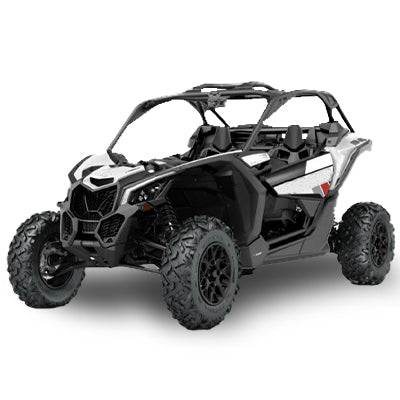
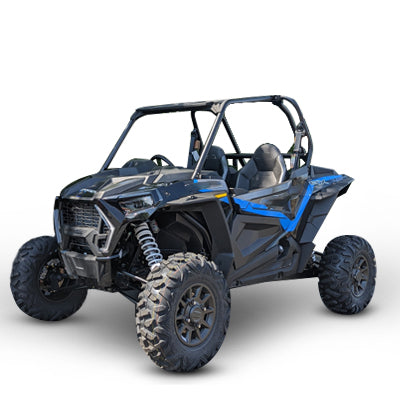
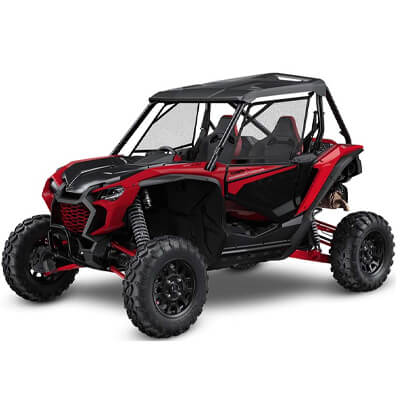
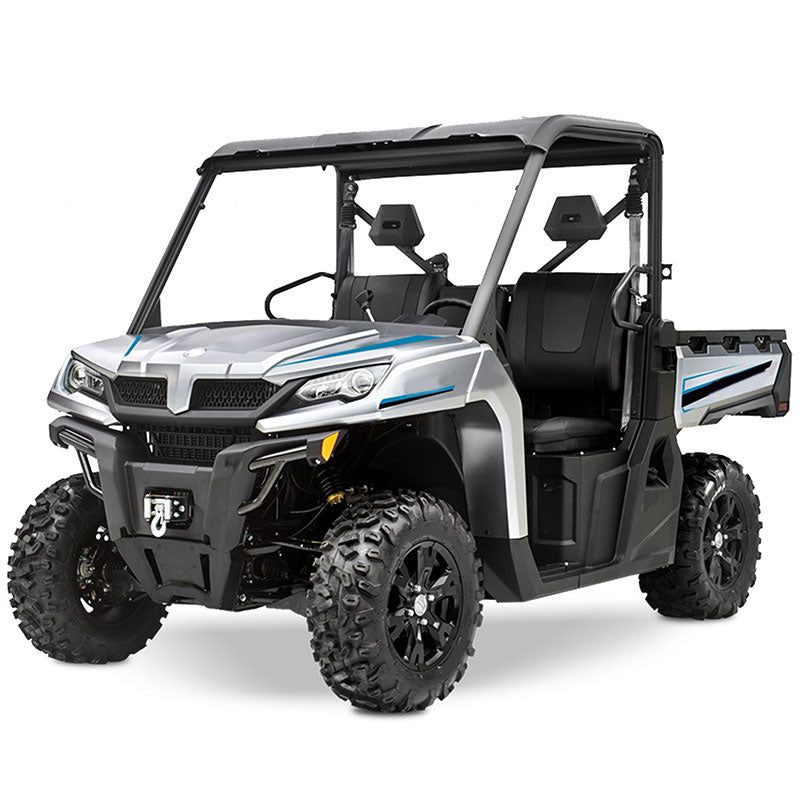
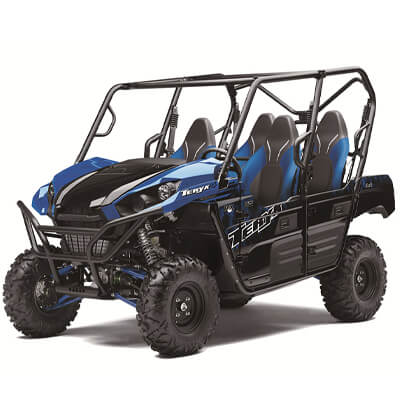

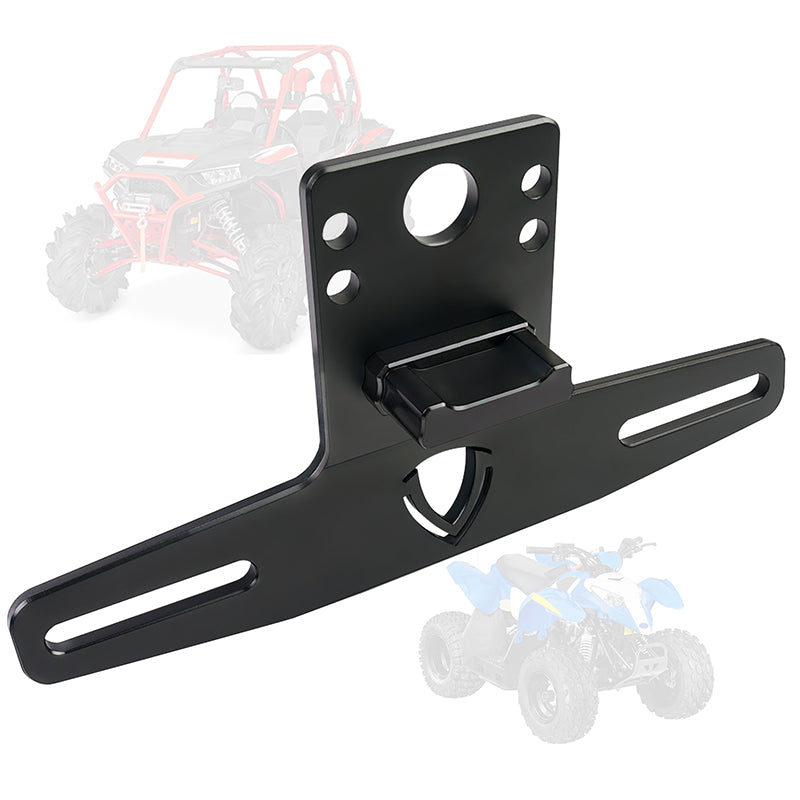
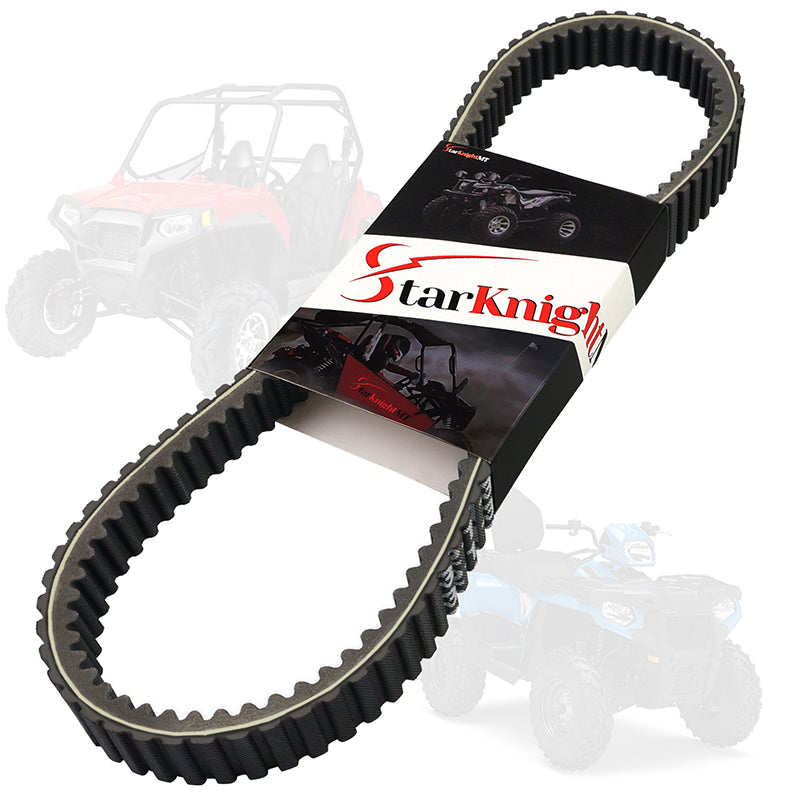






Leave a comment